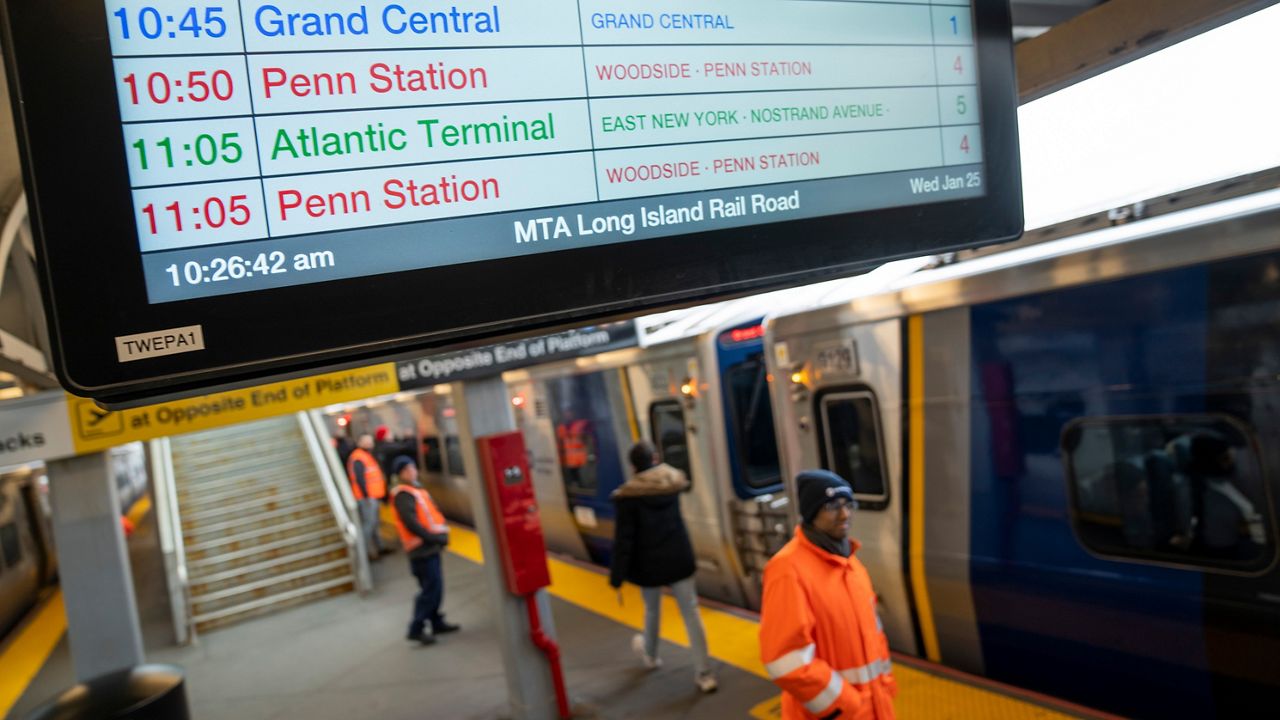It is a book that many New Yorkers don’t know about, but it has a big impact on their daily lives. It’s called the New York City Street Design Manual.
"This is the book that we use at [the Department of Transportation] to be sure that whatever we do right now is connected to what happened before,” Ydanis Rodriguez, the department’s commissioner, said.
What You Need To Know
- The city's Street Design Manual was first published by the Department of Transportation in 2009
- The third edition of the manual is available for the first time as an online resource
- The manual is the focus of a new exhibition at Fordham University’s Lincoln Center campus
- There have have been a number of changes to the city's streets as a response to the COVID-19 pandemic
The book features street designs like pedestrian ramps, safety islands, protected bike lanes and much more.
The manual, first published in 2009, is the focus of an exhibition at the Ildiko Butler Gallery at Fordham University's Lincoln Center campus on West 60th Street and Columbus Avenue.
It's a look back and ahead at the city’s work transforming city streets.
"To have it in a physical space like this where anybody can come and see it, where we are able to have the students really come and interact with it, we think will really do a great job in building an awareness about the manual,” Nicholas Pettinati, deputy director of urban design at the Department of Transportation, said.
The manual is now available entirely online, making it easier for people to find out more about street design and advocate for changes.
The third edition of the book was published in 2020, and there have been big changes since then during the COVID-19 pandemic. Those changes are featured in the exhibition in advance of the next edition.
"All of the stuff that has happened over the course of the pandemic, so Open Restaurants, Open Streets, car free streets, e-mobility, all of that, is going to be stuff that we start to take and transfer into the next version of the the manual,” Pettinati said.
The exhibtion runs through Feb. 2.









